Patients with ALS often lose their ability to speak making it harder to communicate with their family. This AI-powered device wants to change that.
Category: biotech/medical – Page 104
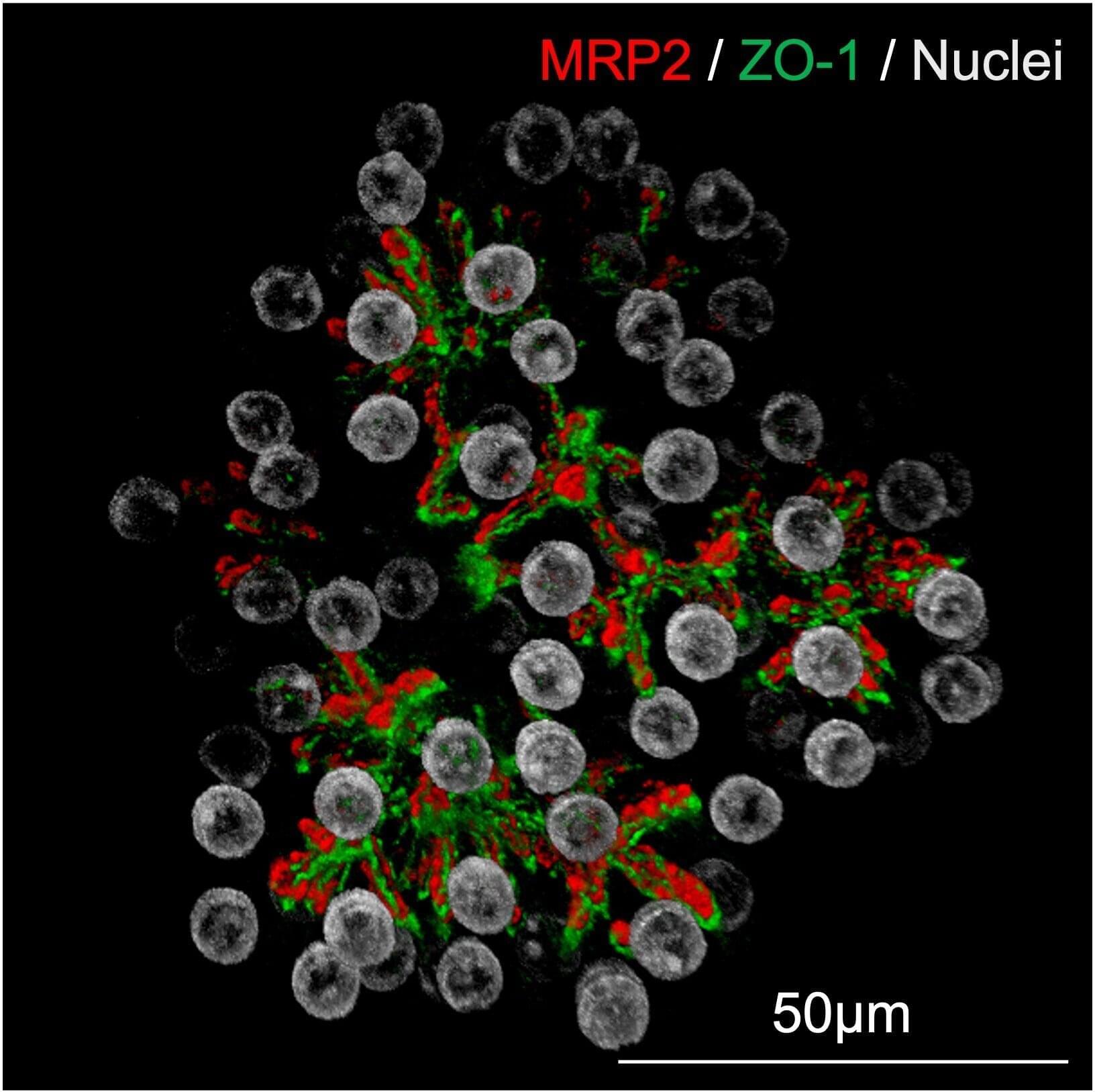
Scientists achieve record-breaking growth in miniature, functional liver models
The liver is the body’s control tower for metabolism, powering vital functions like converting nutrients to glucose, storing fat and breaking down toxins. Over a third of the world, however, is thought to be affected by conditions including metabolic dysfunction-associated steatotic liver disease (MASLD), which jeopardize key liver functions as the condition progresses. Hepatocyte organoids—the miniature, 3D models of the organ—hold immense promise for accelerating drug development and advancing regenerative therapies.
In a study published in Nature, Keio University researchers unveiled a method to proliferate these hard-to-grow organoids by a million-fold in just 3–4 weeks while maintaining key liver functions. “These organoids are potentially the closest laboratory representations of the liver and its multifunctionality,” says senior author Professor Toshiro Sato of the Keio University School of Medicine.
While organoids aim to mimic human organs, the liver’s repertoire of complex functions—and thus the energy it needs to operate—have made it challenging for researchers to grow organoids that proliferate and fully function, says Sato. When prioritizing growth and survival in laboratory settings, hepatocytes, the liver’s main cells, eventually transform into cells resembling cholangiocytes, which line the bile duct. Hepatocyte functions only last 1–2 weeks at most.
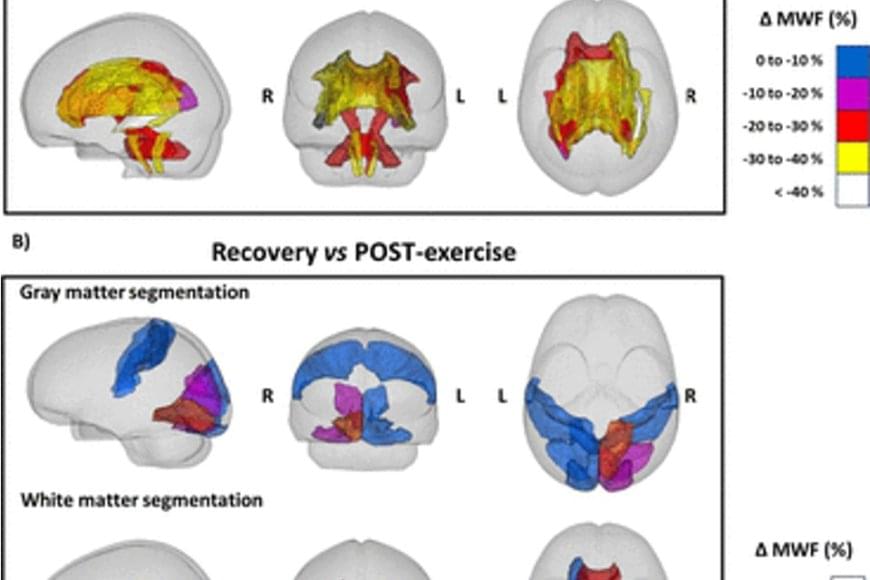
The brain utilizes myelin during endurance exercise
Exercise for a long period of time forces the human body to resort to its energy reserves. When running a marathon, for example, the body mainly consumes carbohydrates, such as glycogen, as a source of energy, but it resorts to fats when the glycogen in the muscles is used up. Myelin, which surrounds neurons in the brain and acts as an electrical insulator, mainly comprises lipids, and previous research in rodents suggests that these lipids can act as an energy reserve in extreme metabolic conditions.
A study conducted by researchers shows that people who run a marathon experience a decrease in the amount of myelin in certain regions of the brain. According to the study published by Nature Metabolism, this effect is completely reversed two months after the marathon.
The researchers used magnetic resonance imaging to obtain images of the brains of ten marathon runners (eight men and two women) before and 48 hours after the 42-kilometre race. Likewise, the researchers took images of the brains of two of the runners two weeks after the race, and of six runners two months after the race as a follow-up.
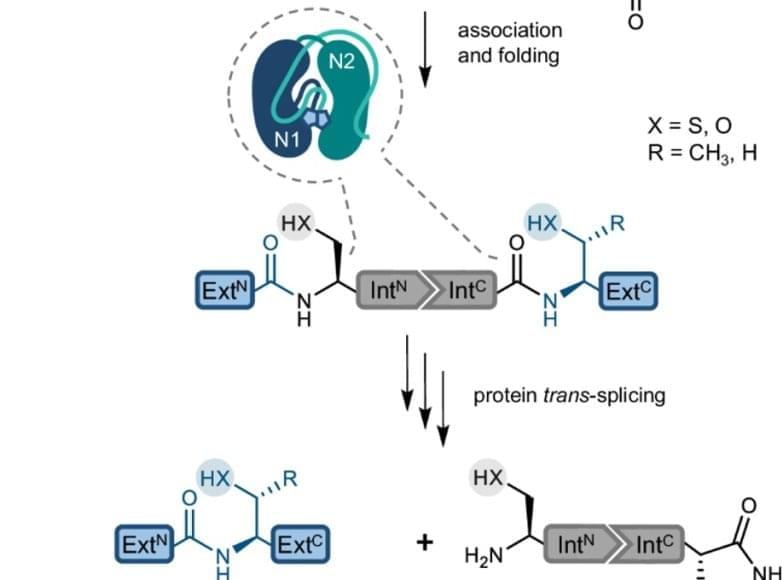
Improved method for producing designer proteins
Proteins are the building blocks of life. They consist of folded peptide chains, which in turn are made up of a series of amino acids. From stabilising cell structure to catalysing chemical reactions, proteins have many functions. Their diversity is further increased by modifications that take place after the peptide chains have been synthesised. One form of modification is protein splicing. The protein initially contains a so-called ‘intein’, which removes itself from the peptide chain to ensure the correct folding and function of the final protein.
A research team has now answered a long-standing research question: Why does a special variant of the inteins, the ‘split inteins’, often encounter problems in the laboratory that significantly lower the efficiency of the reaction? The researchers were able to identify protein misfolding as one cause and have developed a method to prevent it.
The splicing of proteins rarely occurs in nature but is very interesting for research. The solution found by the team opens up possibilities for using split inteins to produce proteins that are useful in basic research or for applications in biotechnology and biomedicine.
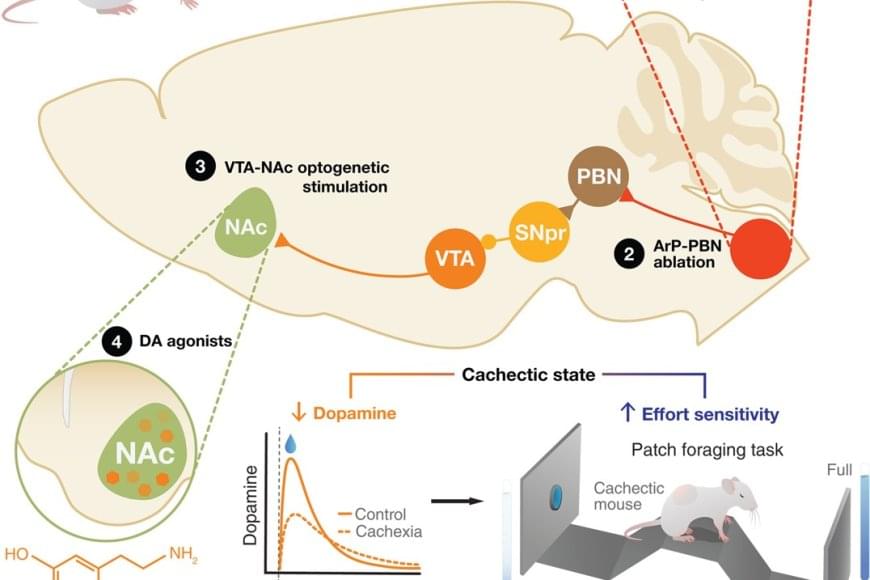
A neuroimmune circuit mediates cancer cachexia-associated apathy
The fatigue and lack of motivation that many cancer patients experience near the end of life have been seen as the unavoidable consequences of their declining physical health and extreme weight loss. But new research challenges that long-held assumption, showing instead that these behavioral changes stem from specific inflammation-sensing neurons in the brain.
In a study published in Science, the researchers report that they identified a direct connection between cancer-related inflammation and the loss of motivation characteristic of advanced cancer. Studying mice with cancer-linked cachexia, a condition typical of the disease that leads to muscle wasting and weight loss, they discovered a previously unrecognized pathway in the brain. This pathway senses inflammation and actively suppresses dopamine — a key driver of motivation — resulting in apathy and loss of drive.
Blocking the pathway restored motivation, even though the cancer and weight loss continued. This indicates that apathy can be treated separately from the disease itself.
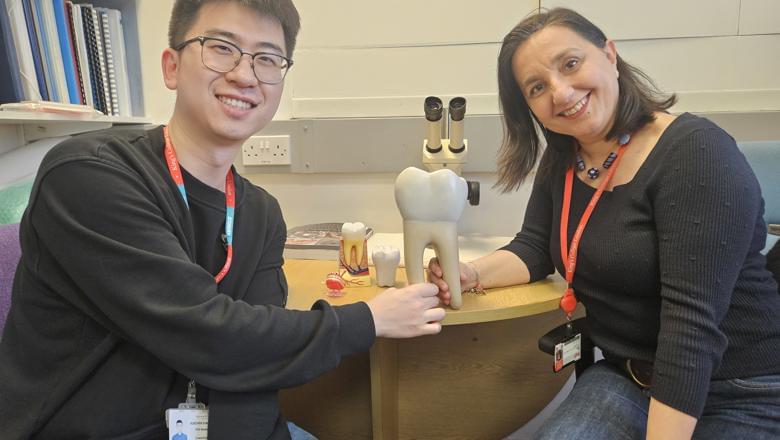
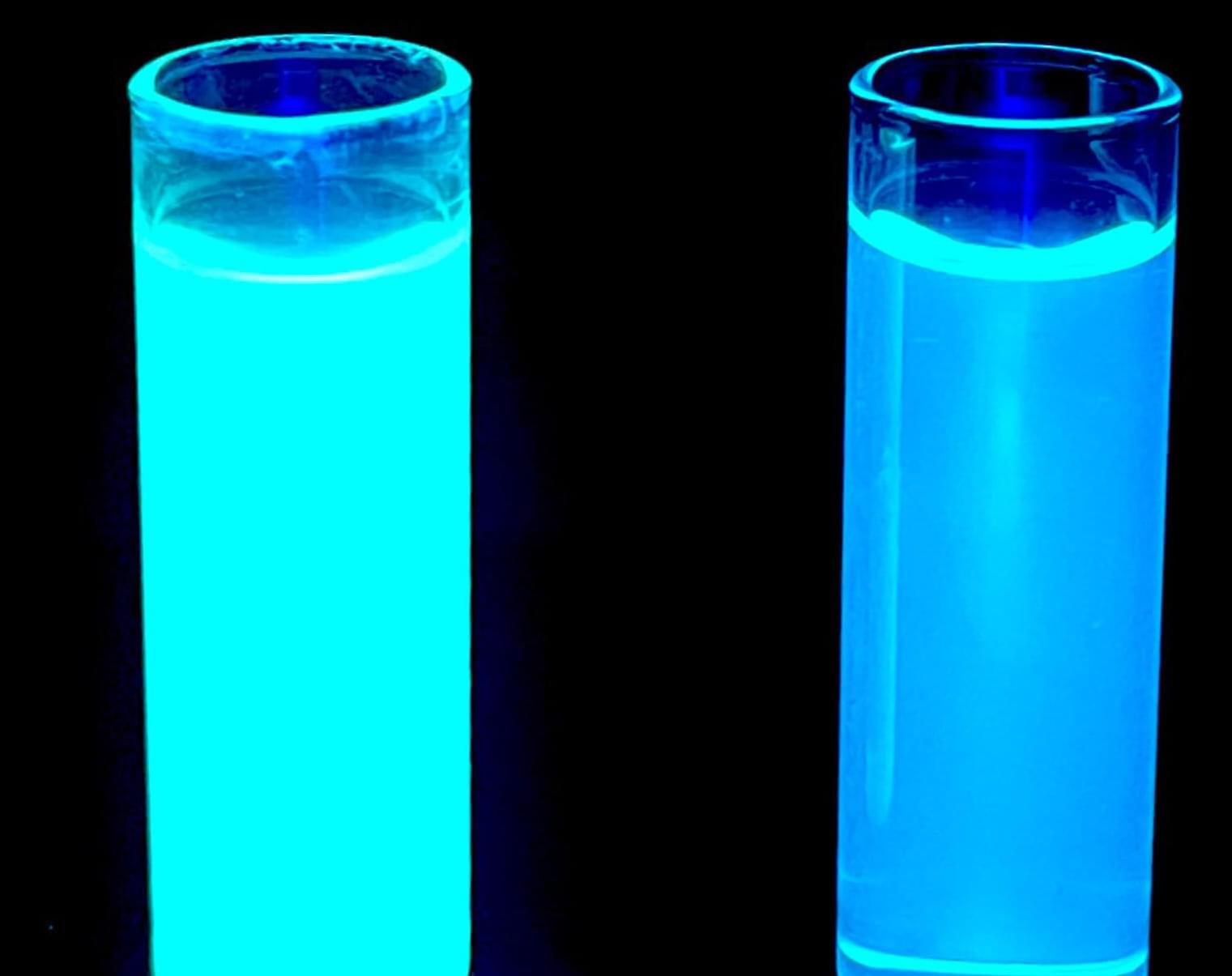
Customizable fluorescent nanoclays offer diverse applications
Imagine tiny LEGO pieces that automatically snap together to form a strong, flat sheet. Then, scientists add special chemical “hooks” to these sheets to attach glowing molecules called fluorophores.
Associate Professor Gary Baker, Piyuni Ishtaweera, Ph.D., and their team have created these tiny, clay-based materials—called fluorescent polyionic nanoclays. They can be customized for many uses, including advancing energy and sensor technology, improving medical treatments and protecting the environment.
The work is published in the journal Chemistry of Materials.

Physicists develop compact, mid-infrared pulse generator on single chip
Physicists at Harvard John A. Paulson School of Engineering and Applied Sciences (SEAS) have created a compact laser that emits extremely bright, short pulses of light in a useful but difficult-to-achieve wavelength range, packing the performance of larger photonic devices onto a single chip.
Published in Nature, the research is the first demonstration of an on-chip, picosecond, mid-infrared laser pulse generator that requires no external components to operate.
The device can make what’s called an optical frequency comb, a spectrum of light consisting of equally spaced frequency lines (like a comb), used today in precision measurements. The new laser chip could one day speed the creation of highly sensitive, broad-spectrum gas sensors for environmental monitoring, or new types of spectroscopy tools for medical imaging.
The Future of Aging with Dr Aubrey de Grey
Dr. Aubrey de Grey reveals why reversing aging may be easier than slowing it down in this mind-expanding conversation that challenges conventional wisdom about human longevity. The renowned biomedical gerontologist outlines his damage repair approach that’s gaining mainstream scientific acceptance after initial skepticism.
The financial landscape of longevity research has dramatically transformed, with billions flowing into the space. Dr. de Grey provides an insider’s assessment of major players including HEvolution (Saudi-backed), Altos Labs (Bezos-funded), Calico (Google-funded) and Retro Biosciences (Sam Altman’s venture), offering candid insights about which approaches show the most promise and why Google’s Calico has struggled despite substantial resources.
Regulatory innovation emerges as a crucial accelerator for progress. Montana’s groundbreaking expansion of Right to Try legislation now allows anyone to access treatments that have passed FDA safety trials, while special economic zones like Prospera in Honduras are creating regulatory environments specifically designed for biomedical innovation. These developments could create the competitive pressure needed to modernize traditional regulatory structures worldwide.
At the LEV Foundation, Dr. de Grey is conducting a thousand-mouse study combining four different damage repair interventions in middle-aged mice, aiming for a full year of life extension—far beyond the four months typically achieved. Unlike conventional approaches that rely on dietary modifications, this ambitious project incorporates advanced cell and gene therapies that target multiple forms of age-related damage simultaneously.
Looking forward, Dr. de Grey offers his characteristic probabilistic prediction: a 50–50 chance of reaching \.
